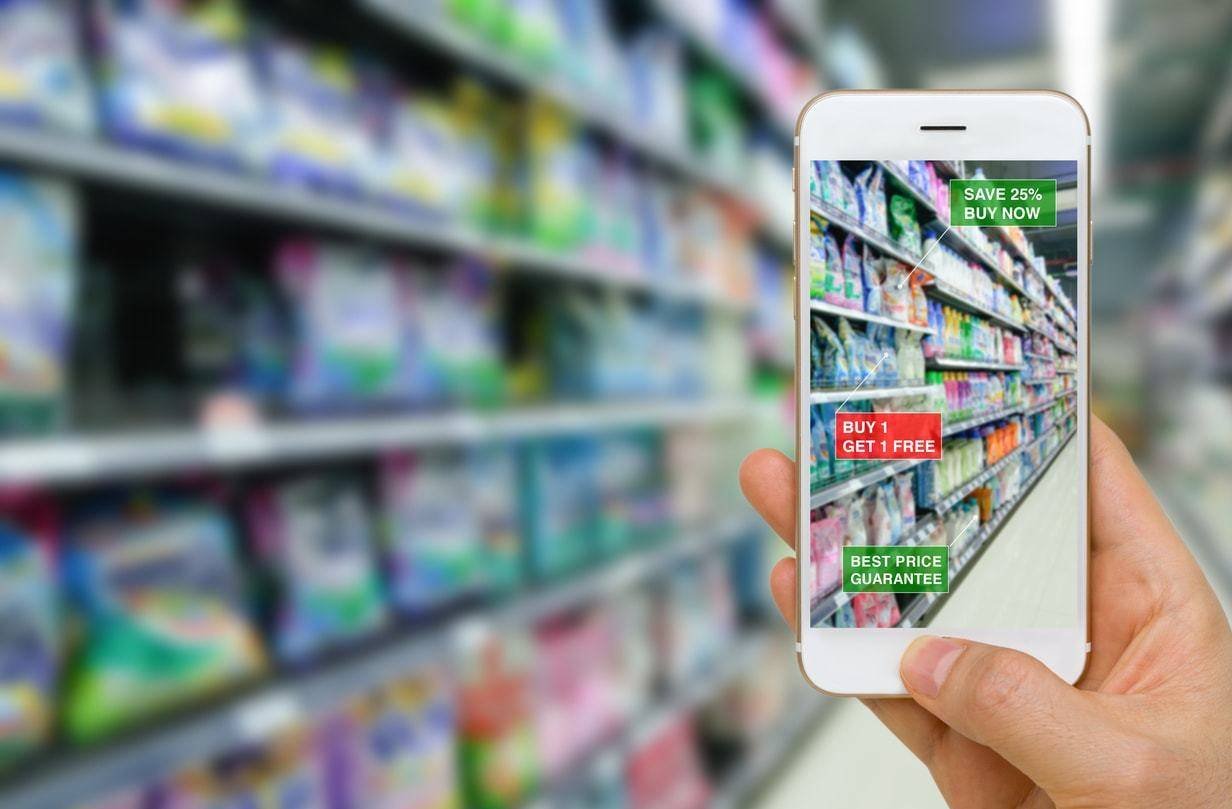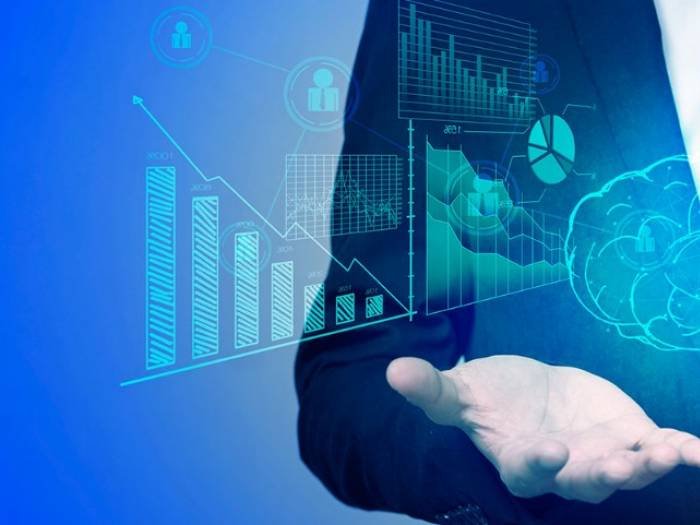6 ways Machine Learning is Transforming Retail

The transformative power of Machine Learning in retail is evident from this study that the spending by researchers on Artificial Intelligence tools including Machine Learning will grow from $ 2bn in 2018 to $7.3 bn per annum in 2022, according to Juniper Research. Machine Learning in particular is transforming the retail industry in a major way by finding its applications in streamlining processes, optimizing prices, forecasting demand, surfacing products in a smart manner and providing a customized, personalized experience to the customer. Below are provided the most important ways for Retail Executives to know in which ML in retail is transformative.
1. Recommendations
You have encountered a product recommendation engine if you have ever been encouraged to buy stuff featured in a section called “Frequently bought together” or “People who bought this also bought”. In order to determine which recommendations to show to the customer, Machine Learning algorithms will analyze the data they are provided and make connections. For personalization as well, recommendations that are tailored for the individual by use of Machine Learning are a powerful tool for Retail Executives. One of the most famous examples of the use of retail product recommendations is Amazon. Since its early days, it has used Machine Learning to power its product recommendations.
Multiple types of product recommendations are visible on the Amazon website including “Get yourself a little something” product and “customer who viewed this also viewed.” However, Amazon is no longer the only retailer using Machine Learning to power its recommendations. Other retailers like eBay and Alibaba have been using it for some time as well. Smaller and smaller retailers are now using Machine Learning to power their product recommendations online. They see the potential of Mahine Learning to increase their revenue. Hence, Retail Executives will be well advised to give Machine Learning a go in their business.

2. Visual Search
Another way in which Machine Learning is transforming retail industry which the Retail Executives must be aware of is Visual Search. Visual search and discovery tools that can smartly suggest and present product recommendations that are similar or related to what the customer is searching for, are being powered by Machine Learning as well.
Asos – the online fashion retailer – is one fine example. It allowed customers to take pictures of clothing in the offline world and look for alike items on the Asos app. To surface visually similar products, customers can also use images in their photo library.
3. Chatbots
In order to provide more informed product recommendations and aid navigation, some retailers have also incorporated chatbots in their websites. Moreover, to make sense of customers’ feedback and make exchanges more human-like, chatbots make use of natural language processing.
A successful example of using chatbots is the brand North Face. It created a dialogue-based recommendation system by partnering with IBM Watson. It would use the information like weather forecast data and customer’s gender to pin down six products that match the user’s requirements. A point to ponder for Retail Executives is that customers engaged with this chatbot for an average of two minutes, and 60% of the customers clicked through to try product recommendations.
4. Personalized Assistance
Yet another impact of ML in retail that the Retail Executives must keep an eye on is personalized assistance. Here, some retailers have gone a step even further with the development of solutions that act as personal shopping assistant, building one-to-one relationship with the customer and producing highly customized recommendations.
A successful example in this regard is the gifts retailer 1-800 Flowers who developed a highly personalized assistant called GWYN by partnering with IBM Watson. It did so in order to make simple and personalize the customers’ typically hard journey, cultivate one-to-one relationship with a customer and learn from each interaction to develop the most suitable recommendations. As a result, 1-800-Flowers experienced 6.3% increase in revenue by using GWYN, saw an increase in return customers and 80% of customers said they would use GWYN again.
5. Demand Forecasting
It is also important for Retail Executives to know that Machine Learning is also making waves behind the scenes in addition to interacting directly with customers. A suitable demonstration of this competence is Demand Forecasting. To analyze the impact of pricing, promotions, and seasonality, and using it further to make decisions about stock and pricing, demand forecasting is making use of Machine Learning models.
Retail Executives will find it interesting that Machine Learning in demand forecasting has been especially vital for small and medium-scale retailers who do not have access to the data insights of their larger competitors. It allows them to use data effectively without needing a specialist team.

6. Price Optimization
While setting prices, a lot of factors need to be paid attention to by Retail Executives including market positioning, production and distribution costs, product availability and competition. Machine Learning creates predictive models that take all these factors into account and allows Retail Executives to determine the best price of a product in advance which can further enhance the revenues.
Key Takeaway
All in all, these are the ways in which Machine Learning is transforming the retail industry and boosting profits which is useful for the Retail Executives. We highly recommend incorporating it in your business.
To further explore our services in Machine Learning, follow this link.
To breathe in some confidence, check out our profiles on Clutch, GoodFirms, & DesignRush.